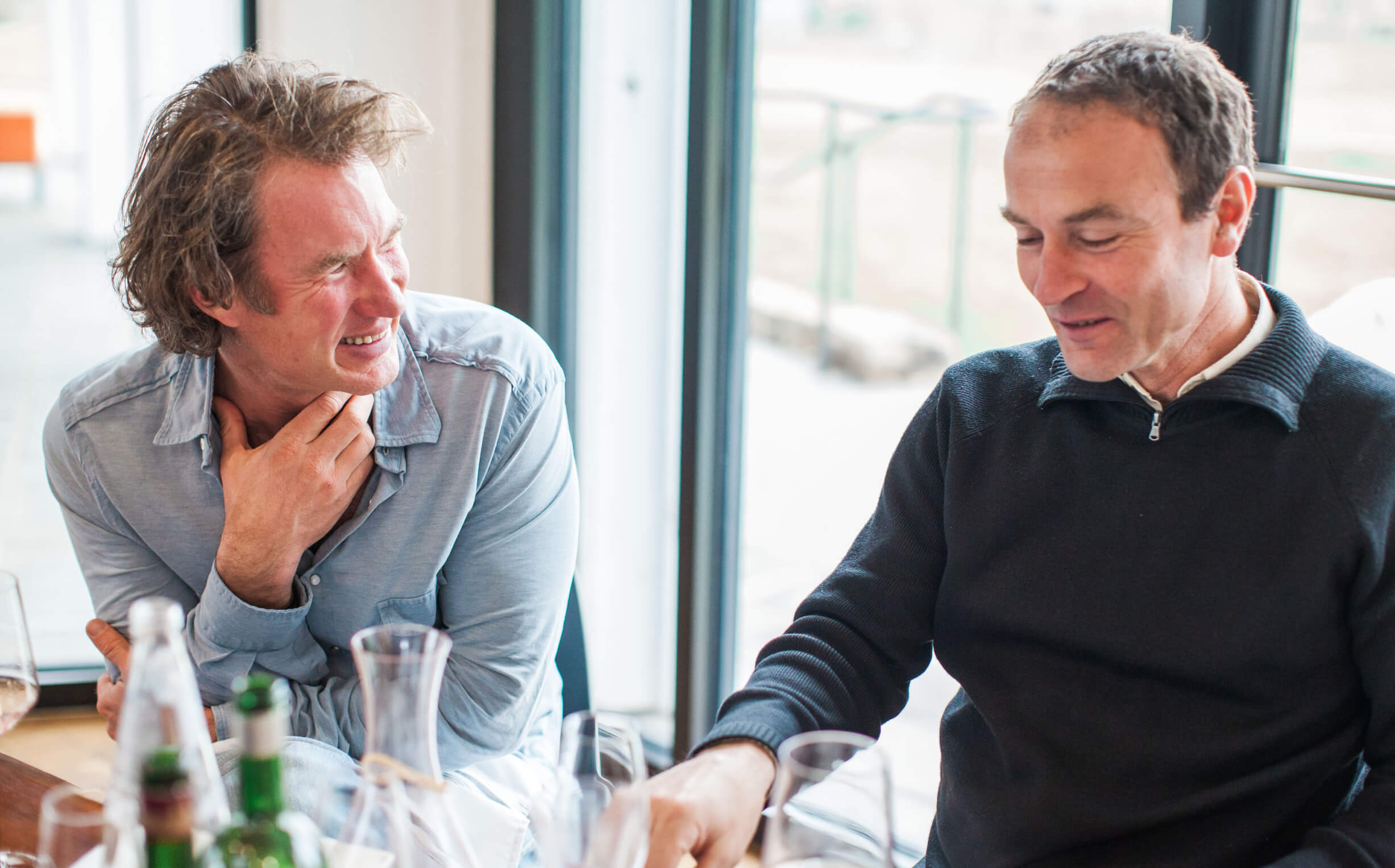RdV building a cult wine in Thomas Jefferson’s backyard
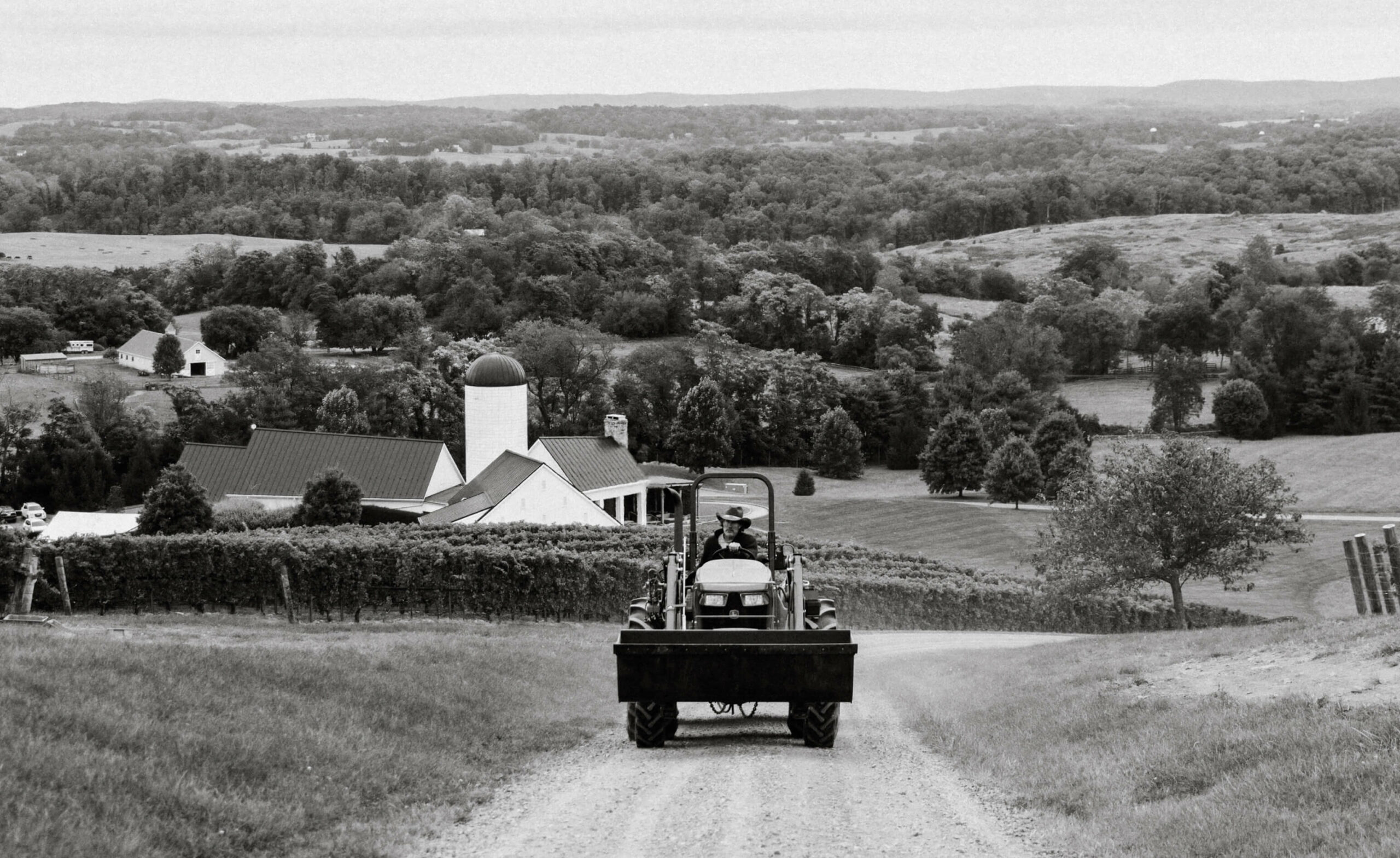
Rutger de Vink doesn’t like the term cult wine – at least not when talking about his own vineyard, sat just below the ridgeline of the Blue Ridge Mountains in Delaplane, Virginia, 45 minutes west of Washington DC.
But it’s a pretty apt description for a property that is making serious wine in a US state where everyone is walking in the footsteps of Thomas Jefferson but few have lived up to the winemaking dreams of its founding father. This is after all the place that in 1619, under the Virginia House of Burgesses, passed Act 12 that required each male colonist, “to plant and tend to at least 10 grapevines”.
Its success is even more impressive for a property built from scratch by a Dutch-American ex-marine out of a ‘pile of rocks’ as the seller described the farm he was offloading, and that has since been called an American Grand Cru by legendary consultant Eric Boissenot, and ‘the first cult wine of Virginia’ by Bartholomew Broadbent.
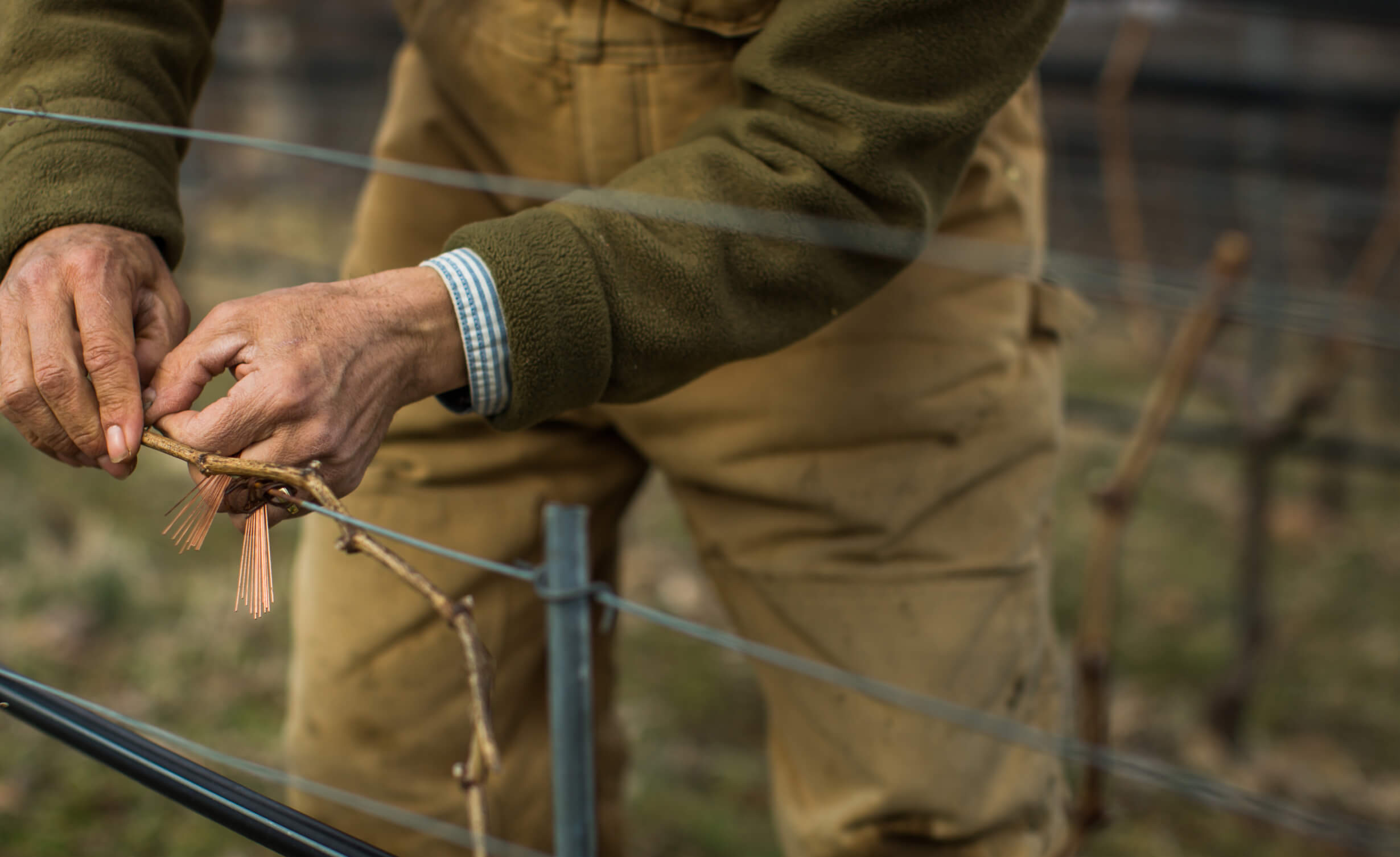
Professor Kees Van Leeuwen, a man who knows something about these things, says, “There is something special about this project. Most people who build a winery happen to have land, plant vines there and make wine. And only then do they explain that the place where they are is the best in the world… Rutger did it in a different way. He had no land but spent several years learning what are the factors driving great terroir. And then he spent several more years finding a place on the East coast of the USA where the combination of soil and climate was ideal for making great wines – and then he bought the place and established the winery”.
Together they have teased an increasingly distinctive wine out of these granite soils, with their high iron oxide content and slopes that fall with 30% gradient. Plantings here are largely Cabernet Sauvignon, with smaller amounts of Cabernet Franc, Petit Verdot and Merlot, and a few rows of Albarino and Sémillon planned for developing whites.
Bordeaux connection
It had been a few years that I have wanted to visit RdV. There are a cluster of Bordeaux names involved, all people that I respect, and who rarely take on overseas projects. Eric Boissenot, for example, consultant to four out of the five Bordeaux First Growths, has been involved in the winemaking of RdV since 2008, brought on board by Jean-Philippe Roby, a colleague of Van Leeuwen at Bordeaux Sciences Ago. Corinne Comme, biodynamic expert and wife of Jean-Michel Comme, spent two years here helping develop the vineyards. Van Leeuwen does not directly consult, but was part of the initial development, having met de Vink first with a group of winemakers from Virginia at Château Cheval Blanc in 2002, and then again in 2004 when he was invited to give a talk to the American Society of Viticulture and Enology in 2004 in Roanoke.
The first two vintages, in 2008 and 2009, were even blended out of Boissenot’s laboratory in the quiet Médoc town of Lamarque, on the borders of St Julien, until 2010, when Boissenot began travelling out to Virginia. Covid travel bans, as you might expect, saw a return to Lamarque for these blending sessions, and in 2023 both Grainer and de Vink came over to Bordeaux to continue the process, although Roby still regularly travels out to Virginia, as his specific area is viticulture, not such an easy thing to do at a distance.
“The potential that I found while blending the 2009 was so impressive that I asked Rutger if I could travel out to see the vineyard,” is how Boissenot remembers it. “We have many times compared the quality of Lost Mountain with that of the great wines of Napa, and I am in no doubt as to the potential of the Cabernet Sauvignon here. You rarely get the vegetal character that you can sometimes find in Bordeaux, and yet it rarely gets as ripe as it does in California. Virginia seems to fall somewhere between the two, with supple and silky tannins. The dangerous moments come with late summer rains, sometimes accompanied by violent storms that head up from the southern states.”
Granite is not a soil type that is typically associated with Cabernet Sauvignon. Think granite and more typically you would be looking at Riesling in the Mosel, or Garnacha in Priorat. But it’s warm, well drained, and works well with Cabernet in the humid climate of Virginia, combined with slopes that offer aeration and keep disease pressure low.
You can also, at least to my mind, taste its impact in the glass. These are red wines with a flinty, steely expression, where the ripe fruits come with a lightness of touch, and they make me interested to seek out other Cabernets on granite.
Virginia wines
The history, and the main wine name of Lost Mountain, by contrast, is all Virginia. The story goes that the area was missing from maps until a young George Washington plotted its existence while working as a surveyor for Thomas Fairfax, the English Lord who the only English titled nobleman ever to reside permanently in pre-Revolutionary America. His cartographer missed these knolls on the maps he was drafting, and when Washington noticed, he called them (rather optimistically, as they head upwards just 260m) the lost mountains.
RdV is certainly not the only estate to be looking to make great wine in Virginia. There are around 300 different wineries across the state, with 22 in the immediate surroundings of Fauquier County. The fact that Delaplane is pretty much the closest of the wine growing districts in Virginia to the city of Washington DC is a bonus, in many ways, but it’s an area where the wines are almost entirely sold at the cellar door, and it can make it more complicated when looking to make a wider impact.
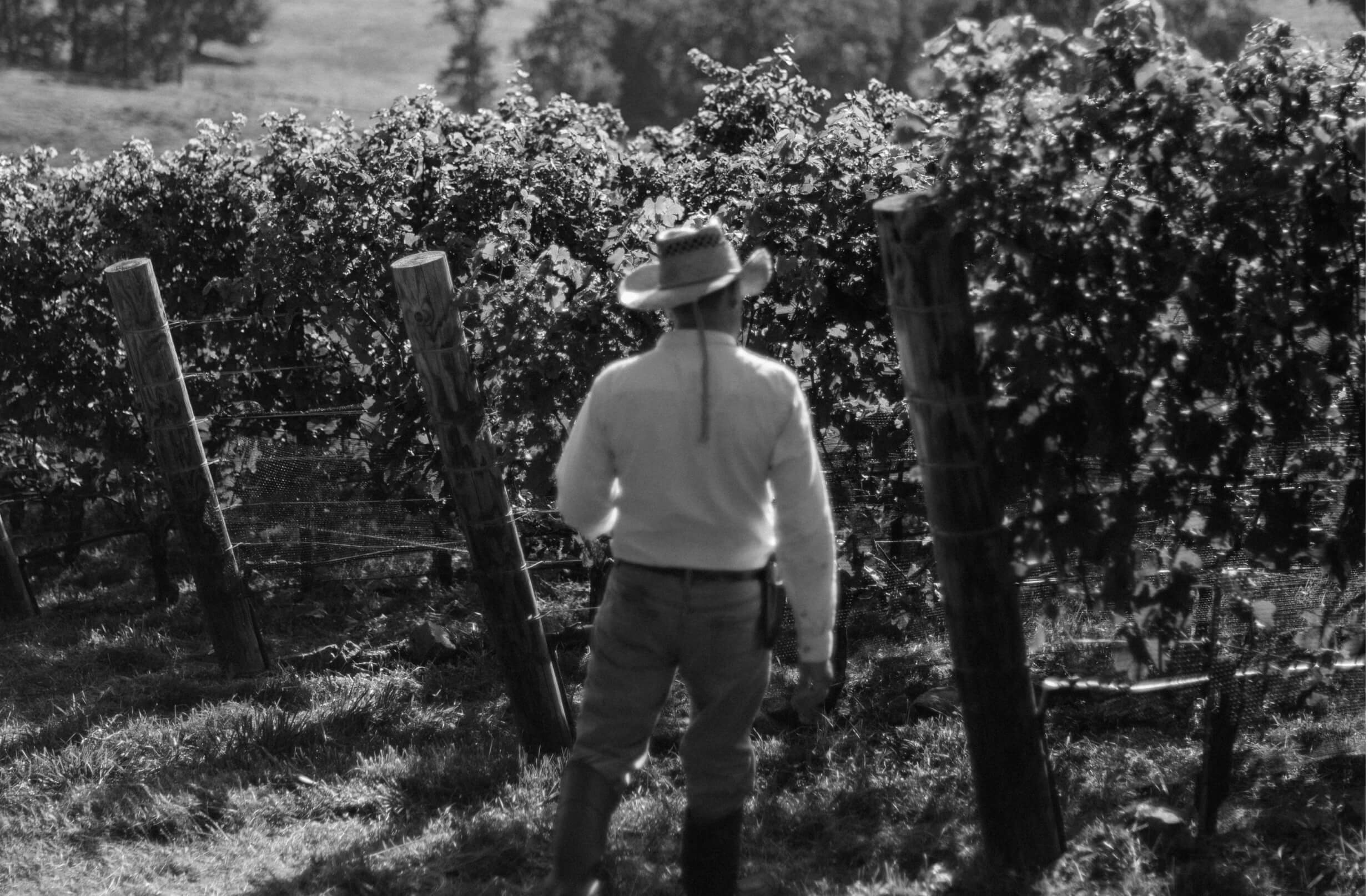
To avoid this, numbers of visitors at RdV are strictly limited, with the focus kept on winemaking, and on professional visits. But even with the hospitality, de Vink’s eye for making the right contacts is evident. The fire pit outside stands ready for cooking locally sourced meats and vegetables from neighbouring farms, or their on-site kitchen garden, which is overseen by Michel-starred chef Eric Ziebold, who in 2015 took over from equally-starry chef José Andrés. It’s called the Jardin Abeille after the apiary that stands alongside, and grows produce for Ziebold’s restaurants, as well as visitors to the vineyard.
There are still challenges ahead. RdV was present before Covid on wine lists in New York stalwarts such as Eleven Madison Park, Per Se, Aldo Sohm Wine Bar, along with Smith and Wollenskys in Miami, but they have yet to make their return. The growing recognition of its quality needs to be backed up with wider distribution if it is really to be seen alongside the great wines of the world. But in achieving its aim of moving forward the conversation on Virginian wines, it has already succeeded.
Estate founded by Rutger de Vink after an earlier life in the Marine Corps, then building a venture capital business in New York before leaving to spend time studying winemaking, working in estates in France and the US while looking for the right place to create his own vineyard.
7.5ha, around 75% Cabernet Sauvignon on Riparia rootstock.
Corinne Comme, Eric Boissenot, Jean-Philippe Roby are all part of the consulting team, with Kees van Leeuwen offering advice.
Granite soils, at a vineyard that rises to 850 feet or 260m, on steep slopes.
Planted vines 2006, first vintage 2008.
No till farming practised.
Stainless steel tanks with capacity to reflect the size of the vineyard blocks, with co-inoculation practised during fermentation.
100% new oak for ageing during the first few vintages, down to 90% new oak now, but with a higher toast to avoid sweet vanillin notes.
No seasonal workers – the team is here year round, led by vineyard manager Gabriel Flores.
JANE SAYS: Hold +2 years or carafe three hours
Tasted By Jane Anson
RdV Vineyards Lost Mountain, Virginia 2019
A delicious wine, with lift and grip balancing out sweet raspberry and blackberry fruit and a pretty luscious feel overall. The tannins keep things on track, adding a muscular and lean character, stretching the whole thing out, with fresh acidities edged with espresso, bitter chocolate, graphite, campfire smoke and slate minerality. It’s impressive, giving plenty of extra nuance as it opens up. Hard to argue with the potential of the RdV site after tasting this wine. 90% new oak, 3.9ph. Eric Boissenot consultant, Rutger de Vink owner, Joshua Grainer winemaker.
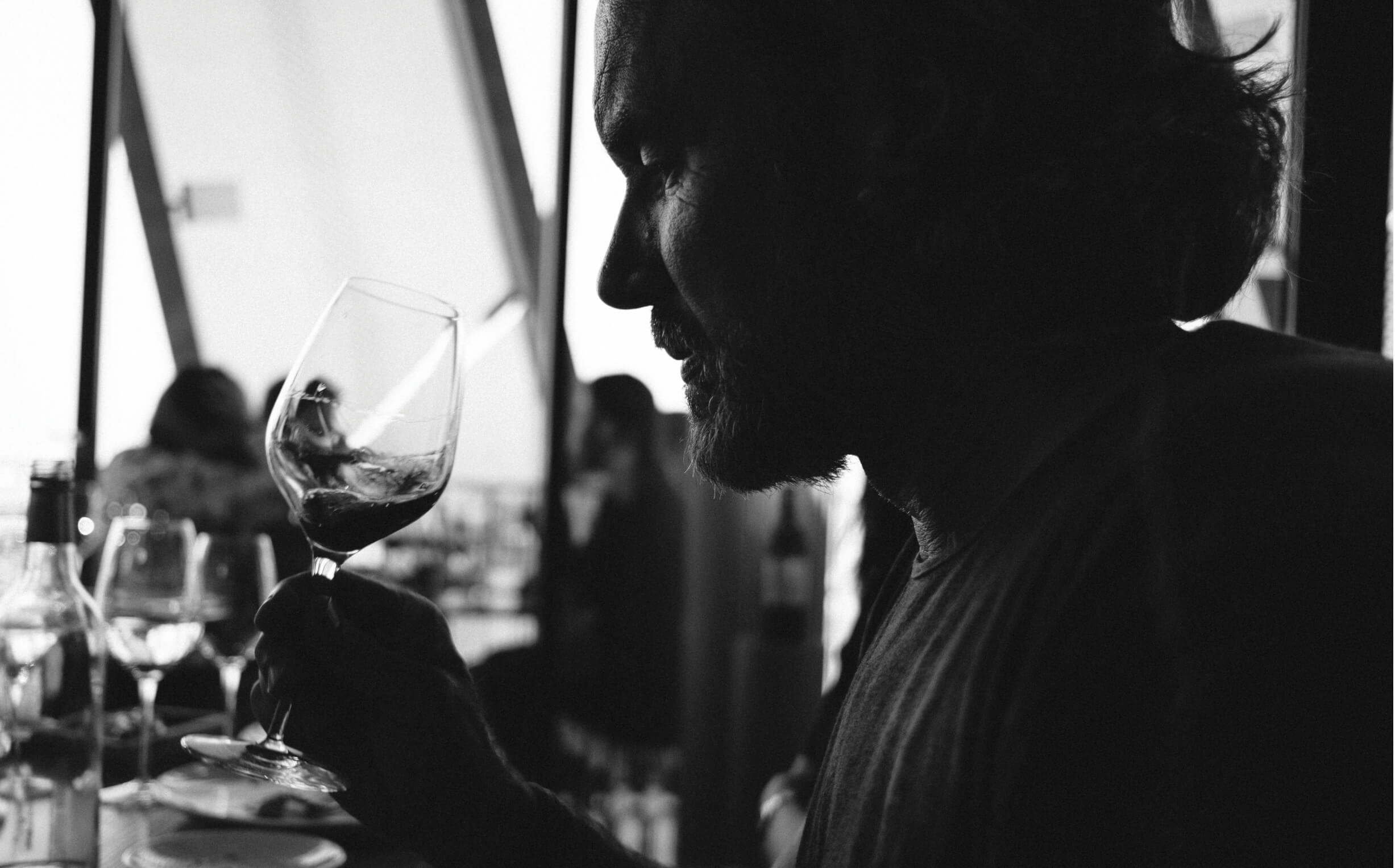
Tasted By Jane Anson
RdV Vineyards Lost Mountain, Virginia 2012
Lean energy abounds here, with Cabernet Franc character dominant in the raspberry leaf, black tea and white pepper aromatics. Plenty of lift through the palate, with some bitter black chocolate notes against the raspberry and red cherry fruit, soft but still delivering, with liqourice, campfire smoke and a mouthwatering salinity on the finish. 90% new oak. The most Bordeaux in character of the wines in the mini vertical, from a vintage with a particularly long growing season. Eric Boissenot consultant, Rutger de Vink owner, Joshua Rainer winemaker.
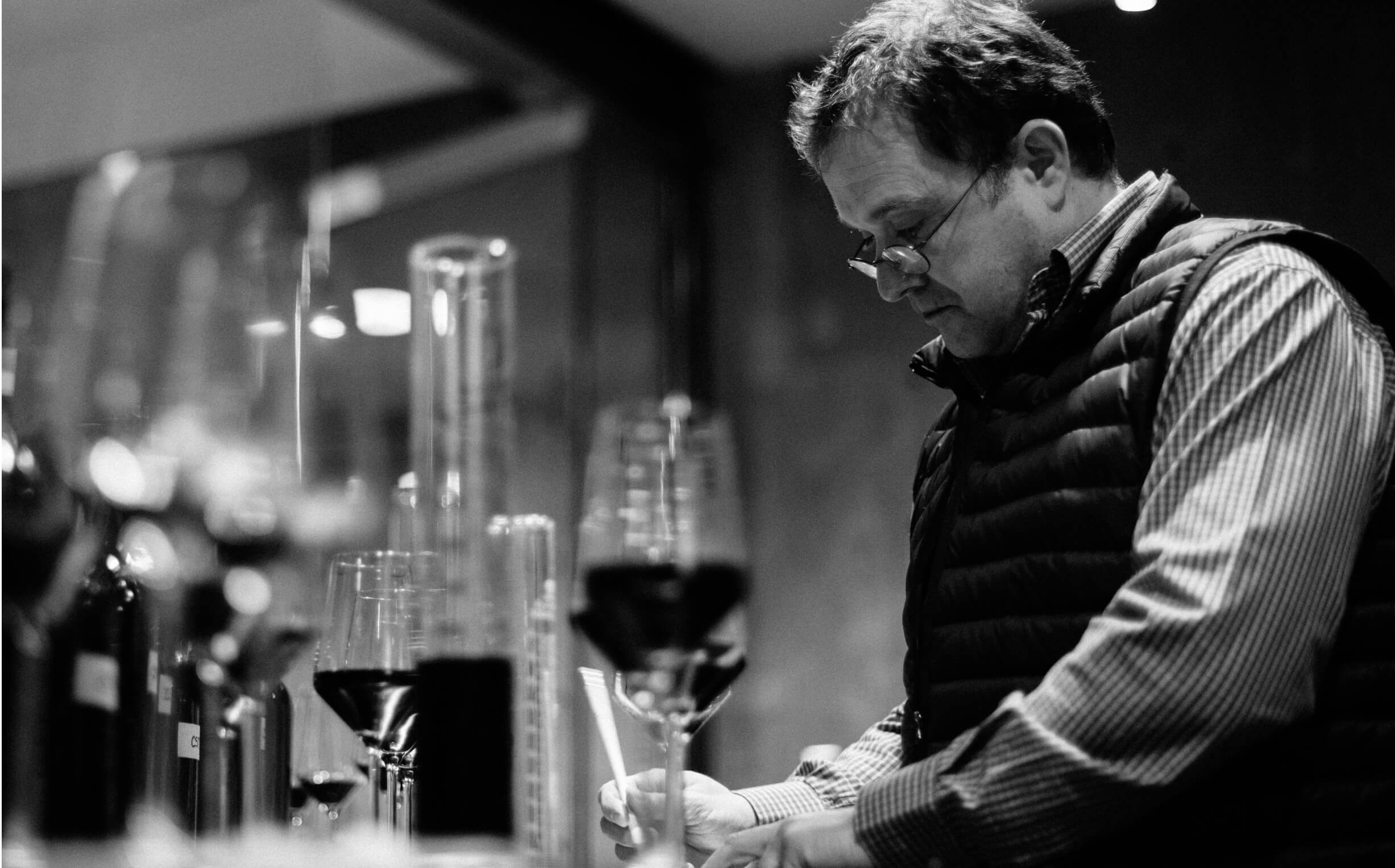
JANE SAYS: Ideal with a two hour carafe
Tasted By Jane Anson
RdV Vineyards Lost Mountain, Virginia 2009
Second vintage of this ambitious property in Virginia, founded by Rutger de Vink. The tannins are soft and supple at 14 years old, with aromatics that major on tobacco, cigar box, cedar and woodsmoke. Soft brambled fruits delivering plenty of flavour, and they are backed up by fresh acidities, with a lick of salted caramel on the finish. An impressive showing for such an early stage of the project, although the 100% new oak is still setting the tone. Eric Boissenot consultant, Rutger de Vink owner, Joshua Rainer winemaker.
